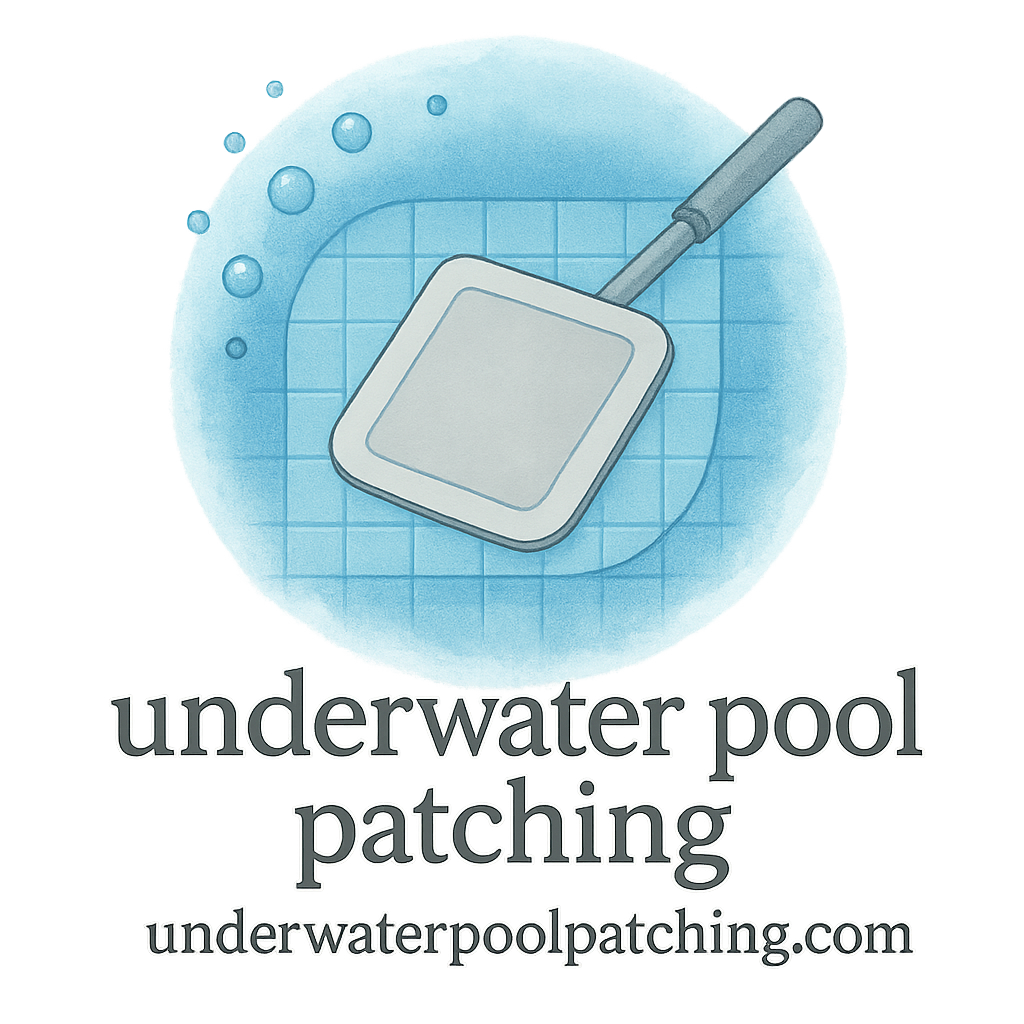Introduction: Why Pool Care Matters
Owning a home pool is a luxury, but it also comes with responsibility. Without proper care, your pool can quickly turn into a costly headache—cracks, leaks, algae build-up, or damaged surfaces can spiral into major repair bills. The good news? With the right steps, materials, and maintenance tips, you can keep your pool sparkling, safe, and enjoyable all year round. In this guide, we’ll explore 10 step solutions with application tips for pools at home, helping you save money, extend patch life, and master repair techniques.
Step 1: Pool Inspection and Diagnosis
Before diving into repairs, the first step is always a thorough inspection and diagnosis.
Identifying Visible Issues
Start by walking around your pool and scanning for cracks, discoloration, or waterline damage. Tiny leaks or rough edges may look harmless but can worsen over time.
The Role of Professional Pool Diagnosis
Sometimes issues aren’t visible to the naked eye. Professional pool inspection and diagnosis can uncover hidden structural damage or internal leaks. This step saves you from wasting money on surface fixes that don’t address the root problem.
Step 2: Leak Detection and Pressure Testing
Leaks are one of the most common headaches in pool ownership.
Common Leak Sources in Home Pools
Leaks can come from worn-out plumbing lines, cracked tiles, or deteriorated sealants. Watch for unexplained water loss or soggy areas around the pool.
How Pressure Testing Helps
A professional pressure test pinpoints leaks within underground pipes. Early leak detection prevents unnecessary digging or expensive trial-and-error fixes.
Step 3: Choosing the Right Patch Types and Materials
Once you know where the problem lies, it’s time to pick the right repair solution.
Epoxy vs Vinyl Patches
Epoxy patches are durable and great for underwater applications, while vinyl is more flexible and easier for DIY fixes.
Long-Term Patch Life Considerations
Selecting quality patch materials ensures longer patch life. Low-quality patches may save money upfront but often fail sooner, leading to repeated repairs.
For more insights, check out patch types and materials.

Step 4: Applying Effective Pool Repair Techniques
Application matters as much as materials.
Smoothing and Edge Finish Tips
A clean edge finish ensures your patch sticks properly. Smooth out rough surfaces and press firmly to eliminate air bubbles.
Underwater Repair vs Empty-Pool Repair
Underwater patching is faster and avoids draining, but sometimes empty-pool repairs provide a stronger bond. Learn more about repair techniques.
Step 5: Cost and Budgeting for Pool Repairs
Repairs can be affordable if you plan wisely.
How to Create a Pool Repair Budget
Break down your expenses—materials, tools, and possible labor. A smart budget ensures you don’t overspend unexpectedly.
Money-Saving Tips for Homeowners
Look for cost-saving bundles on adhesives, patches, or cleaning kits. Our cost and budgeting guide offers practical strategies to stretch your dollars.
Step 6: Routine Maintenance and Prevention
The best repair is prevention.
Setting Up a Maintenance Plan
A proactive maintenance plan keeps your pool in top shape. Schedule monthly checks and track patch repair timelines.
The Importance of Routine Checks
Routine checks prevent small cracks from becoming major problems. Consistent maintenance saves time and money in the long run.
Step 7: Cleaning and Preparing Surfaces Before Application
Never apply a patch to a dirty surface.
Removing Debris and Algae
Clear out leaves, dirt, and algae before starting. A clean surface allows adhesives to bond effectively.
Surface Drying and Preparation
Even if underwater, roughen the area slightly for better grip. Think of it like sanding before painting—it ensures a smoother finish.
Step 8: Step-by-Step Patch Application Tips
Now comes the hands-on part.
Correct Adhesive Application
Apply adhesive evenly and press firmly. Too much glue can create lumps, while too little won’t hold.
Pressure and Curing Time
Apply steady pressure to activate bonding. Then, allow enough curing time—rushing this step can shorten patch life. For DIYers, explore more patching techniques.
Step 9: Monitoring and Restoration After Repair
Your job isn’t done after applying a patch.
Signs of a Successful Repair
No water loss, no peeling edges, and a smooth smoothing finish mean your repair worked.
When to Consider Professional Restoration
If issues persist, restoration may be necessary. Professionals have advanced tools and methods that last longer.
Step 10: Long-Term Savings with Smart Pool Management
Proper pool care isn’t just about patches—it’s about savings.
Subscription Services and Cost-Saving Bundles
Some services offer subscription plans with cleaning, repair, and maintenance included. Bundles can lead to significant savings.
Maximizing Patch Repair Life
Follow-up care extends patch durability. With the right patch repair approach, you can maximize every fix.
Conclusion
Caring for a home pool doesn’t have to be overwhelming. By following these 10 step solutions with application tips for pools at home, you’ll keep your pool looking new, save money on costly repairs, and enjoy peace of mind. From inspection to long-term maintenance, every step matters. Think of your pool as an investment—the better you maintain it, the longer it will reward you with relaxation, fun, and family memories.
For expert insights and professional guidance, explore Underwater Pool Patching.
FAQs
1. How often should I inspect my pool for damage?
At least once a month, plus before and after every swimming season.
2. Can I repair my pool underwater without draining it?
Yes! Many patches are designed for underwater use.
3. What is the average cost of small pool repairs?
It depends, but DIY repairs can cost under $100, while professional fixes may run higher.
4. Which patch material lasts the longest?
Epoxy patches are among the most durable for long-term underwater repairs.
5. How do I know if my patch job was successful?
If there’s no leak, the edges are smooth, and water levels remain stable, your repair worked.
6. What’s the best way to prevent future pool problems?
A solid maintenance plan with regular checks.
7. Is it worth hiring professionals for pool restoration?
Absolutely, especially for deep cracks, hidden leaks, or recurring issues that DIY methods can’t handle.


